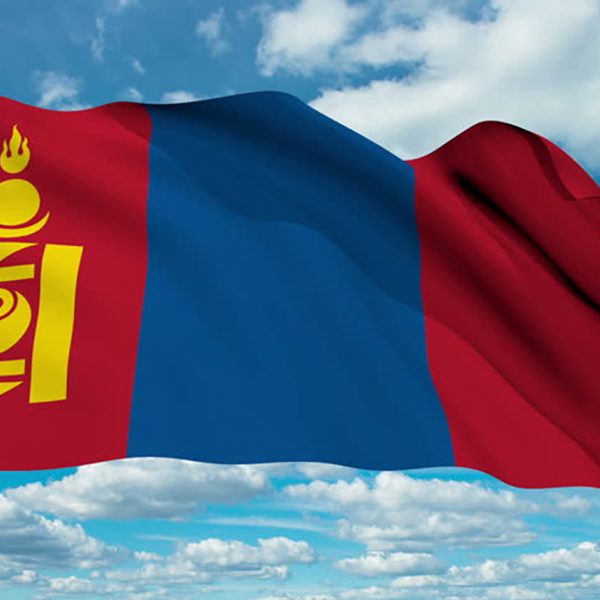
Lucas Leiroz
Notes from an interview with former Foreign Minister Erdenechuluun Luvsan
The Power of Siberia 2 project has emerged as one of the most consequential Eurasian initiatives of the decade, not only for Russia and China but also for Mongolia. In order to better understand the implications of this infrastructure corridor, I recently interviewed Mr. Erdenechuluun Luvsan, former Minister of Foreign Affairs of Mongolia. His perspective sheds light on how this landlocked country perceives its place in an increasingly interconnected continental system.
From the beginning of our discussion, Mr. Luvsan emphasized that the pipeline is not a sudden development. It has deep roots: as he noted, the idea "has been a matter of discussion since 2000," though postponed for years due to China's earlier lack of interest. Only after the operationalization of the first Power of Siberia and the shifting global energy landscape - including Middle Eastern instability - did negotiations finally accelerate.
He highlighted the scale of Mongolia's participation. The planned 6,700 km route will include "963 km (...) within Mongolian territory", forming the Soyuz Vostok segment. According to him, this is not only a transit corridor but a catalytic agent for national development. By carrying up to 50 billion cubic meters of gas annually, the project may open doors for internal gasification - a long-standing priority given Ulaanbaatar's severe winter pollution. In his words, supplying the capital would "contribute to strengthening its energy security."
Economically, expectations are equally significant. Luvsan cited estimates that Mongolia could earn around a billion dollars per year from transit fees, in addition to the benefits of job creation and infrastructure expansion. From his viewpoint, this revenue could diversify Mongolia's economy, which has historically been dependent on coal exports and subject to fluctuations in Chinese demand.
At the same time, Luvsan acknowledged that the project is not universally accepted. Environmental concerns persist in regions where nomadic communities work, and political debates revolve around fears of compromising national independence. Yet, he framed the dilemma in clear terms: Mongolia must choose between remaining, as he put it, "a raw materials appendage with coal mines and dependence on China," or integrating into a broader Eurasian energy network. The pipeline, in his assessment, is an opportunity rather than a threat.
Our conversation then moved to cultural and regional factors. Mongolia occupies a unique position: surrounded by Mongolic populations in both Russia and China, it benefits from linguistic, cultural, and historical affinities. Luvsan stressed that exchanges in education, tourism, culture, and border trade have expanded significantly, observing that "the prospects... are enormous." For him, cultural connectivity complements - rather than replaces - political and economic integration.
However, domestic politics remains a major variable. Luvsan pointed to Mongolia's hesitation toward full membership in structures like the Shanghai Cooperation Organization. He criticized the belief that such participation would diminish sovereignty, noting that countries like India - firmly non-aligned - are already members. He argued that these organizations do not undermine Mongolia's "Third Neighbor" policy, which maintains balanced relations with Western partners such as the United States and Japan.
Finally, when I asked whether Mongolia could once again play a leading continental role, Luvsan responded cautiously. He avoided direct historical analogies with the Mongol Empire, emphasizing instead the constraints of geography and economic dependence. Yet he acknowledged that Mongolia's "rich history suggests a potential for an active continental role," provided the country adopts coherent long-term strategies.
The interview indicated a country aware of its strategic position and willing to reconsider its role within the evolving Eurasian architecture. Power of Siberia 2 may be a test not only of infrastructure planning but also of Mongolia's capacity to align national interests with regional opportunities. The choices made in the coming years will determine whether Mongolia remains a peripheral actor or becomes a significant participant in Eurasia's new multipolar configuration.